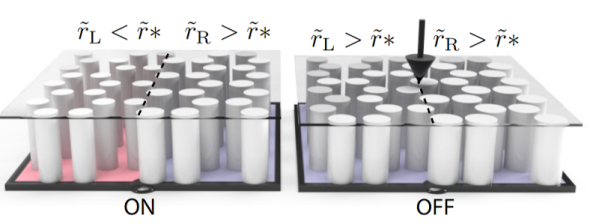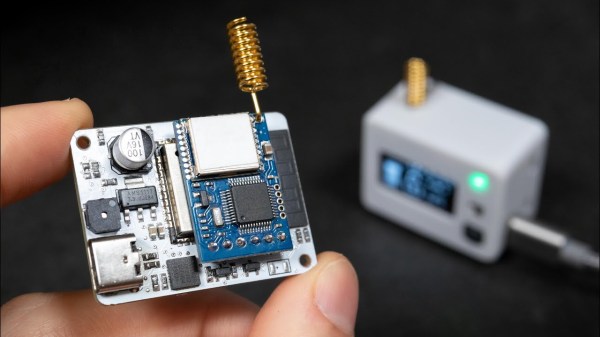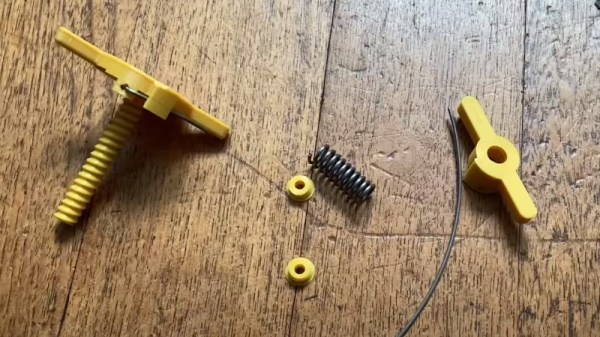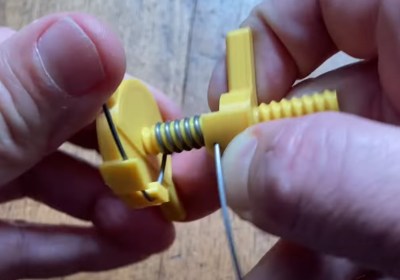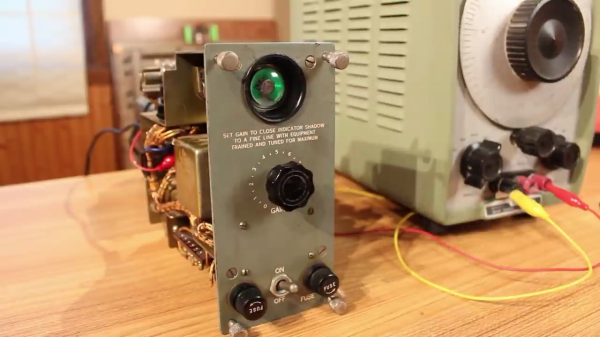Have you ever heard of topological insulators? These are exotic materials where electricity flows only on the surface with very little loss. Now, according to IEEE Spectrum, scientists at Harvard have used the same concept to create a transistor for sound waves and it may be a new branch of electronics. The actual paper is available if you want some light reading.
Apparently, topological insulators protect electrons moving along their surfaces and edges, something that won the 2016 Nobel Prize in Physics. Photons can also be protected topologically so they move with very little loss across the materials. Making electrons flow in this manner is an attractive proposition, but there are challenges, especially when creating a device that can switch the flow of electrons on and off as you might with a transistor in and out of saturation. Sound waves, however, are much easier to work with.
Continue reading “Acoustic Switching Transistors: A New Kind Of Electronics?”

